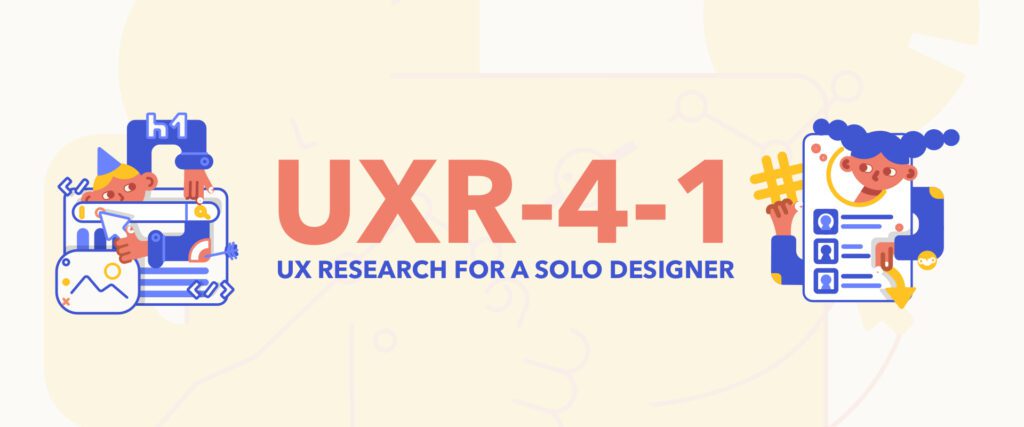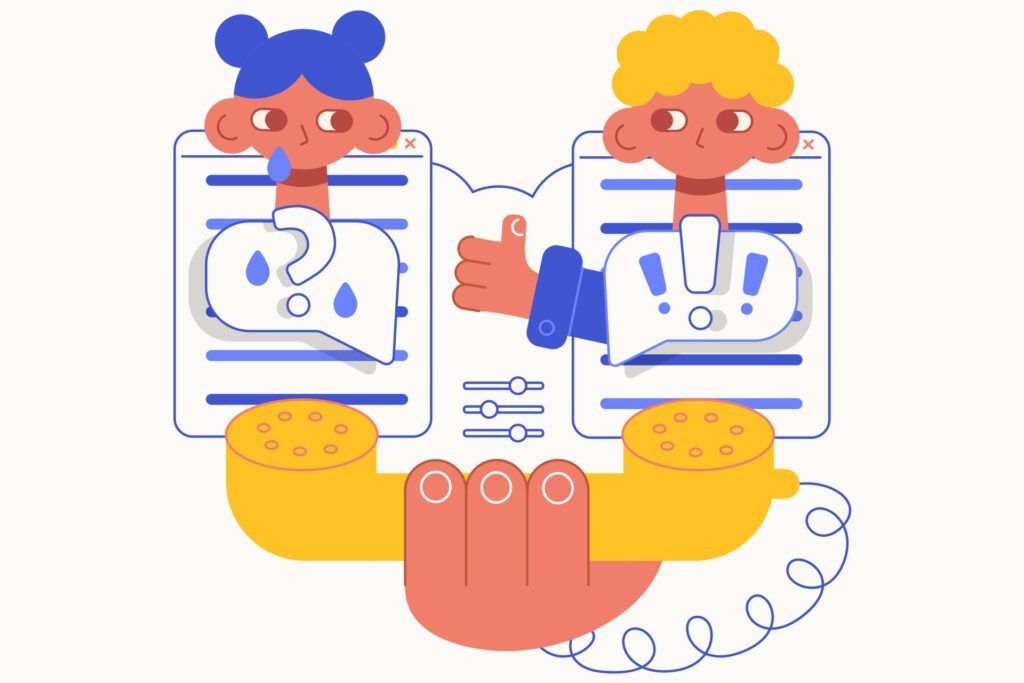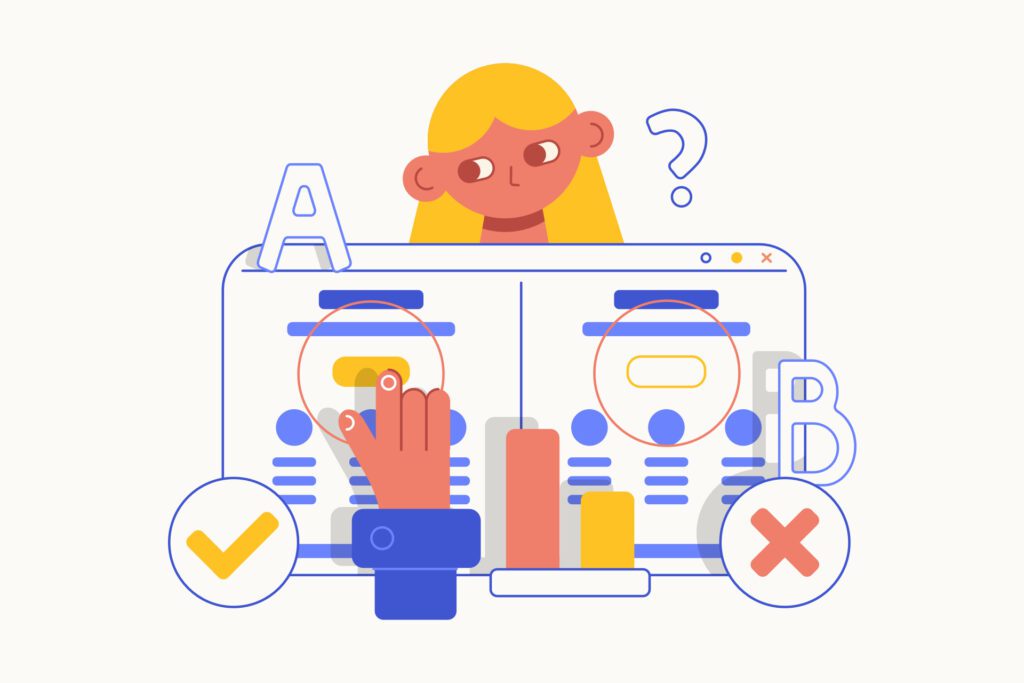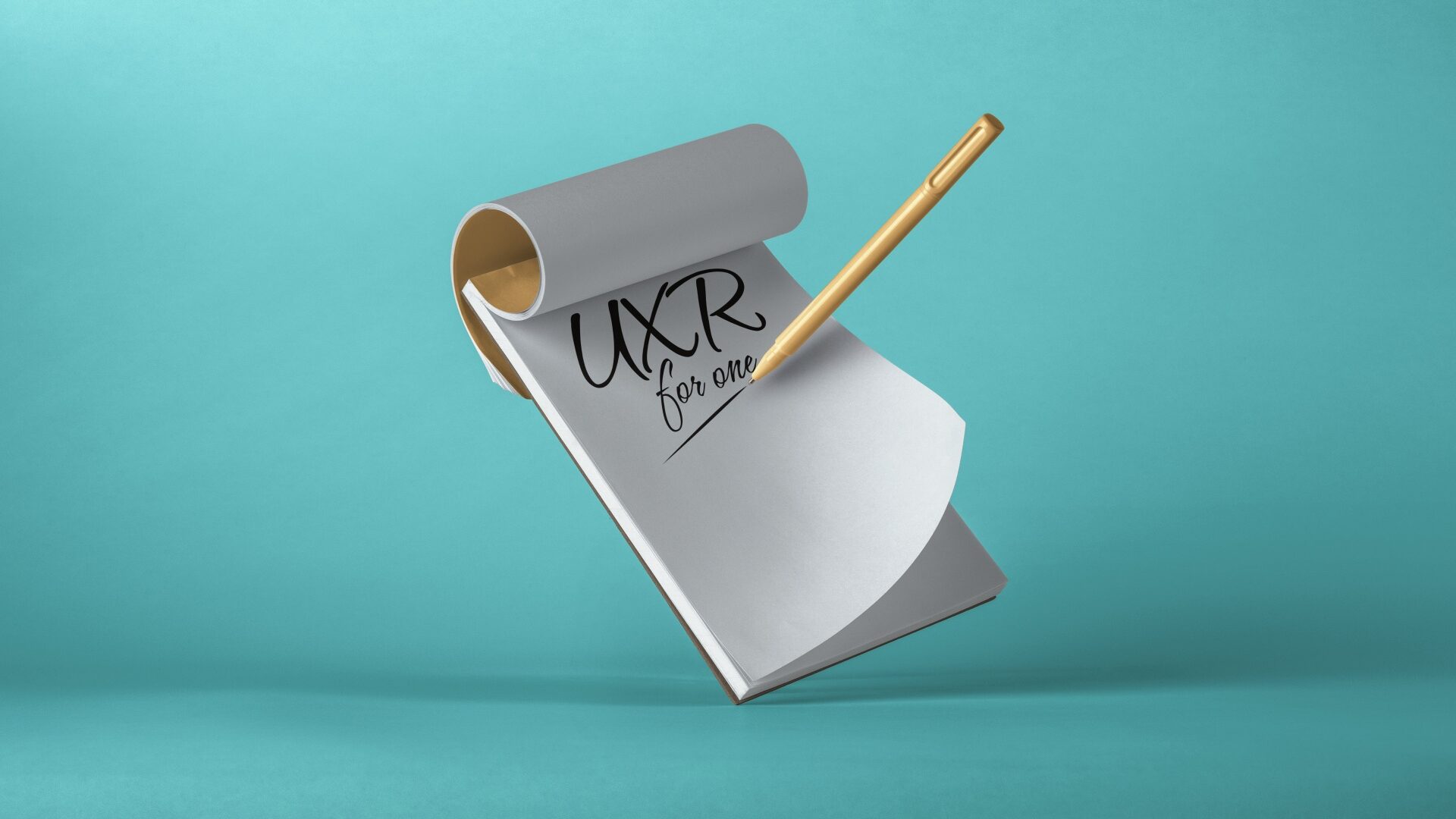Tools, Methodologies, and Strategies for Limited Resources

As a solo UX designer, conducting effective UX research can be challenging, particularly when resources such as access, time, and budget are limited. Despite these constraints, effective research is crucial for creating user-centered designs that meet real user needs. This article explores practical tools, methodologies, and strategies that solo designers can use to conduct UX research efficiently and effectively, even with limited resources.
1. Understanding the Constraints

Before diving into specific tools and methodologies, it’s essential to acknowledge the common constraints faced by solo UX designers:
- Limited Time: Managing research alongside design, development, and other responsibilities can make it difficult to dedicate significant time to user research.
- Restricted Budget: Budget constraints can limit access to premium research tools, participant incentives, or professional services.
- Limited Access: Solo designers may lack access to extensive user pools, research facilities, or advanced analytics tools.
Despite these limitations, solo designers can still conduct valuable UX research by focusing on efficient, cost-effective methods and leveraging available resources.
2. Cost-Effective Tools for Solo UX Designers

1. Survey Tools
Surveys are a cost-effective way to gather quantitative data from users. Tools like Google Forms, SurveyMonkey, and Typeform offer free or low-cost options for creating and distributing surveys. These tools allow designers to collect data on user preferences, pain points, and behaviors without significant investment.
2. User Testing Platforms
Platforms like UserTesting and Maze offer low-cost options for conducting remote usability tests. For even more budget-friendly options, consider using Lookback.io or UserZoom, which provide basic testing features at lower price points. These platforms allow you to test designs with real users and gather actionable feedback.
3. Analytics Tools
Google Analytics and Hotjar offer valuable insights into user behavior on your website or application. Google Analytics provides data on user demographics, traffic sources, and interactions, while Hotjar offers heatmaps and session recordings to visualize user behavior. Both tools have free tiers that can be sufficient for solo designers.
4. Prototyping Tools
Tools like Figma and Adobe XD offer free versions that include prototyping features. These tools enable you to create interactive prototypes that can be tested with users. While Figma excels in collaborative features, Adobe XD offers robust prototyping capabilities, making both valuable for solo designers.
5. Note-Taking and Organization Tools
Evernote, Notion, and Microsoft OneNote are excellent for organizing research notes, insights, and documentation. These tools help you keep track of research findings, ideas, and project details in one place, facilitating easy access and organization.
3. Effective Research Methodologies

1. Guerrilla Usability Testing
Guerrilla usability testing involves conducting quick, informal usability tests in public spaces or with friends and colleagues. This method is low-cost and provides immediate feedback on design concepts. While not as rigorous as formal usability testing, guerrilla testing can yield valuable insights and identify obvious usability issues.
2. Online User Surveys
Conducting online surveys is an effective way to gather feedback from a larger audience. Design your surveys with clear, concise questions that focus on specific aspects of the user experience. Use open-ended questions to capture qualitative insights and closed-ended questions for quantitative data. Distribute your surveys through social media, email lists, or relevant online communities to reach potential users.
3. User Interviews
User interviews are a powerful method for gaining in-depth insights into user needs and experiences. Schedule brief, informal interviews with users or stakeholders to understand their goals, pain points, and expectations. Prepare a set of open-ended questions to guide the conversation and take detailed notes during the interviews. If possible, conduct interviews via video calls to capture visual and contextual information.
4. Card Sorting
Card sorting helps understand how users categorize and organize information. Use online tools like OptimalSort or physical card sorting with printed labels. This method can reveal how users perceive information hierarchy and guide the design of navigation structures and content organization.
5. A/B Testing
A/B testing involves comparing two versions of a design to determine which performs better. Tools like Google Optimize or VWO offer A/B testing capabilities that can be implemented with minimal cost. By testing different variations of design elements, you can make data-driven decisions and improve user experience based on real user interactions.
6. Heuristic Evaluation
Heuristic evaluation involves assessing a design against established usability principles (heuristics). Use guidelines such as Nielsen’s 10 Usability Heuristics to identify potential usability issues in your design. This method can be performed independently and provides valuable insights without requiring user participation.
4. Strategies for Maximizing Impact

1. Prioritize Research Objectives
Focus on research objectives that align with your project goals. Determine which aspects of the user experience are most critical to address and prioritize your research efforts accordingly. This targeted approach ensures that you use your limited time and resources effectively.
2. Leverage Existing Data
Analyze existing data from sources such as website analytics, customer support logs, and user feedback to gain insights into user behavior and pain points. Leveraging existing data can provide a foundation for your research and reduce the need for extensive new data collection.
3. Iterate Quickly
Adopt an iterative approach to design and research. Develop low-fidelity prototypes or concepts and test them with users to gather feedback early and often. Iterating quickly allows you to make improvements based on user insights and ensures that your design evolves in response to real user needs.
4. Engage with Online Communities
Participate in online forums, social media groups, and communities relevant to your target audience. Engaging with these communities can provide valuable insights into user preferences and pain points. Additionally, you may find opportunities for informal user testing or feedback.
5. Document and Reflect
Maintain thorough documentation of your research findings, insights, and design decisions. Regularly review and reflect on your research to identify patterns, trends, and areas for improvement. Documenting your process helps ensure that you make informed design decisions and can track progress over time.
Conclusion

For solo UX designers, conducting effective UX research with limited resources is a manageable challenge when approached strategically. By leveraging cost-effective tools, adopting practical methodologies, and focusing on targeted research objectives, designers can gather valuable insights and create user-centered designs. Embrace a flexible and iterative approach to research, prioritize engagement with users, and make the most of existing data and online communities. Despite the constraints, effective UX research is achievable and essential for delivering designs that truly meet user needs and expectations.
Disclaimer: The information contained in this post is for general information purposes only. The views expressed here are my own and do not necessarily reflect the opinions or positions of my employers, clients, or any organizations with which I am affiliated.
The audio summary segments, included for accessibility, are generated with experimental NotebookLM.

